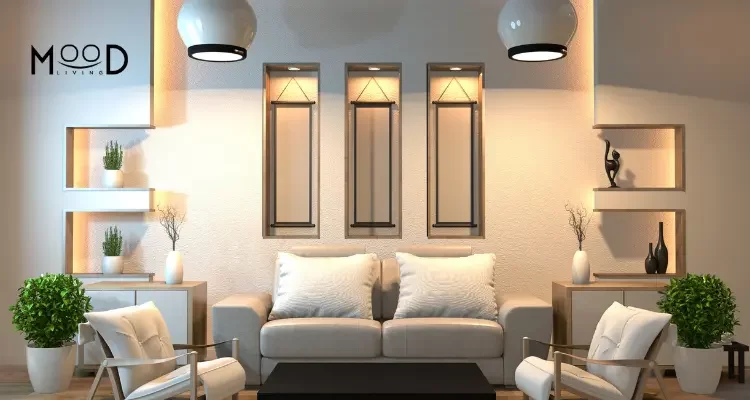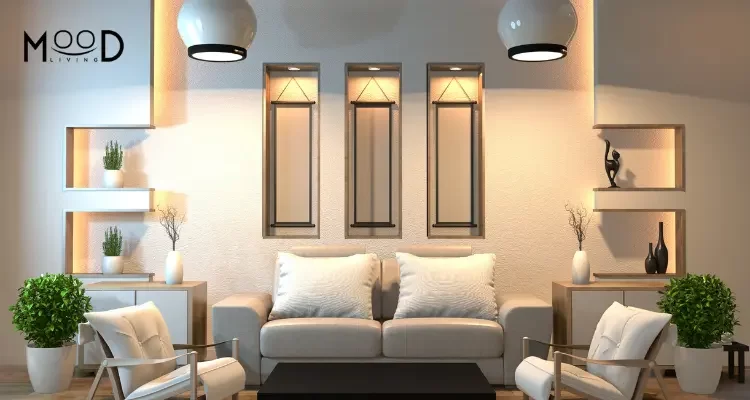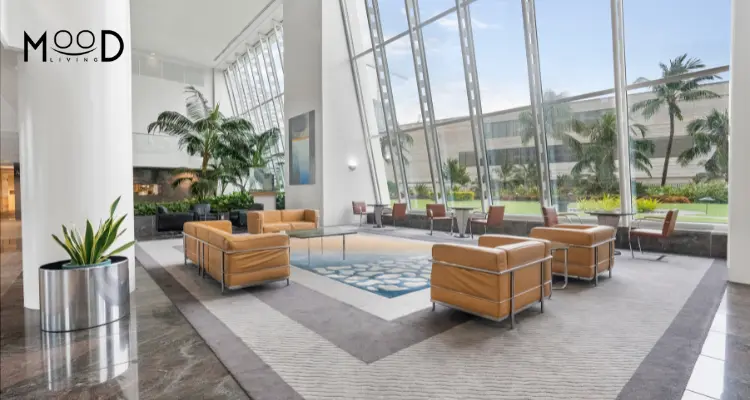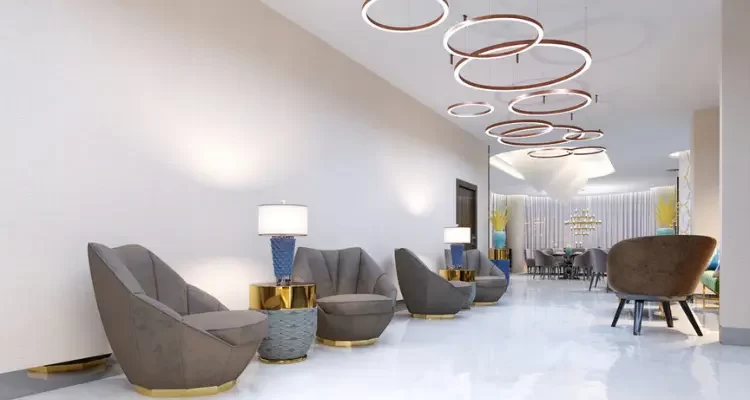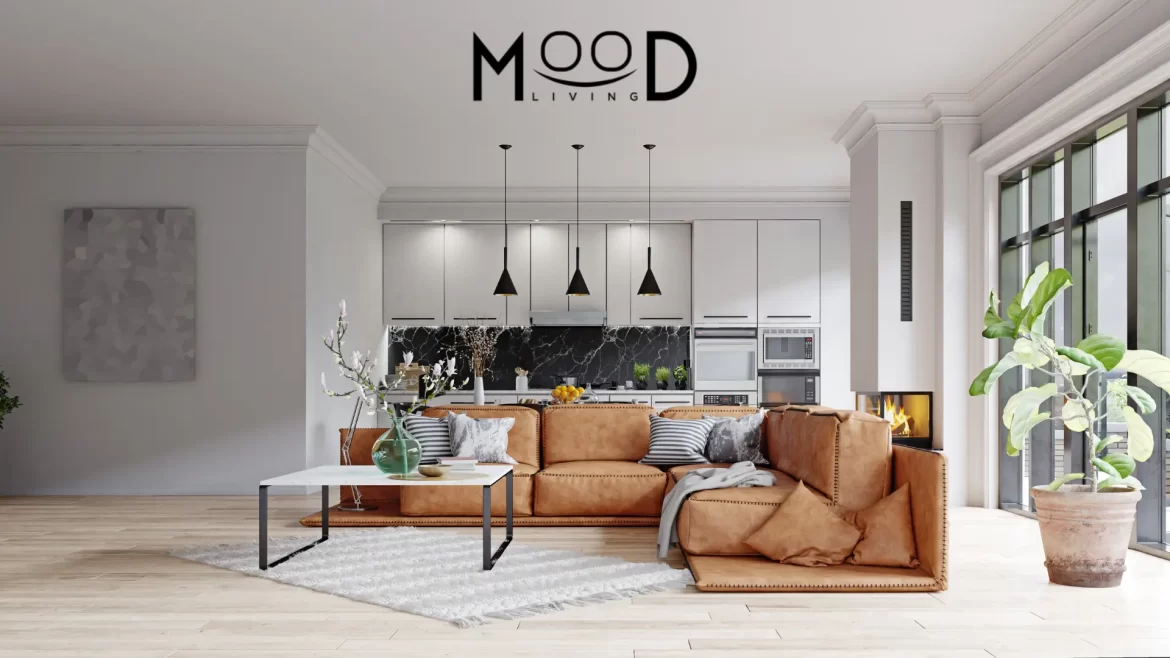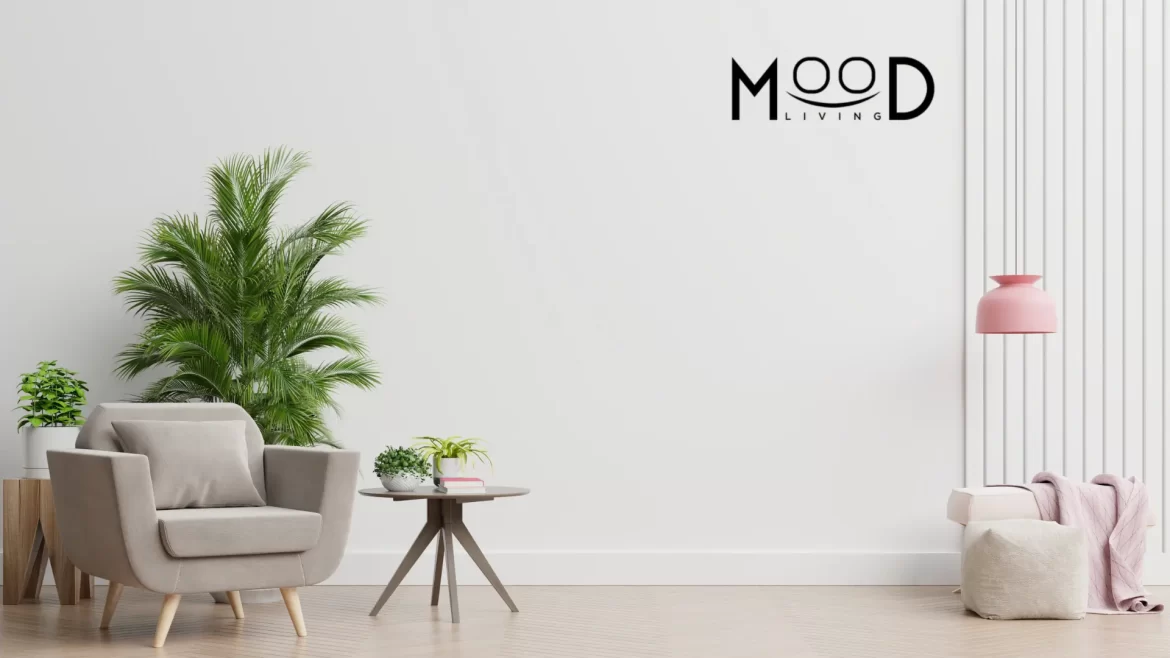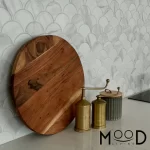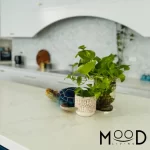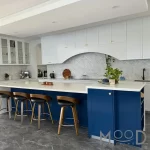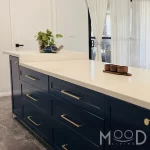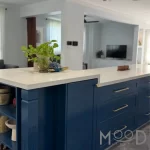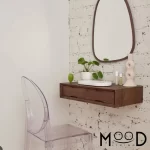Best townhouses interior designers Sydney
Discover the Best Townhouses Interior Designers in Sydney: Transforming Spaces with Style and Elegance
When it comes to making your townhouse feel like home, the role of a skilled interior designer cannot be overstated. If you’re searching for the best townhouses interior designers in Sydney, you’re in the right place. These professionals excel in crafting stylish, functional, and personalized spaces that truly reflect your lifestyle. In this guide, we’ll explore what makes a great townhouses interior designers and how they can elevate your living experience.
Why Choose a Townhouse Interior Designer?
A townhouse presents unique challenges and opportunities. Its compact space requires thoughtful design to ensure that every inch is used effectively while maintaining a sense of openness. The right interior designer brings expertise in balancing these elements, creating environments that are not only beautiful but also functional.
Expertise in Space Management
One of the primary benefits of hiring a townhouse interior designer is their expertise in space management. Townhouses often have limited square footage, and an experienced designer knows how to maximize space without compromising on style. They can transform smaller areas into stylish, functional spaces that meet all your needs.
Personalized Design Solutions
Every home is unique, and so is every homeowner’s taste. The best interior designers take the time to understand your personal style and preferences. Whether you love modern minimalism, classic elegance, or something entirely different, they’ll tailor their approach to create a design that reflects who you are.
Access to Exclusive Resources
Top interior designers have access to a wide range of resources and contacts in the industry. From high-quality materials and furniture to skilled craftsmen and suppliers, they can source unique items and services that might not be available to the general public. This ensures that your townhouse not only looks stunning but also features bespoke elements that stand out.
Seamless Project Management
Renovating or decorating a townhouse can be a complex process involving numerous tasks and decisions. A professional designer manages the entire project, coordinating with contractors, handling logistics, and ensuring that everything runs smoothly. This allows you to relax and enjoy the transformation without getting bogged down by the details.
What to Look for in the Best Townhouses Interior Designers in Sydney
Finding the right interior designer for your townhouse involves considering several key factors. Here’s what you should look for:
Proven Track Record
Check the designer’s portfolio to see their previous work. The best townhouses interior designers in Sydney will have a diverse portfolio showcasing various styles and types of projects. Look for examples of townhouses similar to yours to gauge their experience and capabilities.
Client Reviews and Testimonials
Client reviews provide valuable insights into a designer’s working style and client satisfaction. Look for testimonials that highlight the designer’s creativity, professionalism, and ability to deliver on promises. Positive feedback from past clients is a strong indicator of a designer’s reliability.
Innovative Design Approach
A great interior designer is always up-to-date with the latest design trends and technologies. They should be able to offer innovative solutions and creative ideas that enhance your townhouse’s aesthetic and functionality. Ask about their approach to design and how they stay current with trends.
Strong Communication Skills
Effective communication is crucial in any design project. The best designers listen carefully to your needs and preferences, provide clear explanations of their ideas, and keep you informed throughout the process. This ensures that your vision is accurately translated into the final design.
Budget and Timeline Management
Design projects often involve budget constraints and strict timelines. A top-notch designer will work within your budget, offering solutions that maximize value without overspending. They will also provide a realistic timeline and adhere to it, ensuring your project is completed on schedule.
Transforming Your Townhouse: Steps to Getting Started
Ready to transform your townhouse into a stylish haven? Here’s a step-by-step guide to getting started with the best interior designers in Sydney:
- Define Your Goals: Think about what you want to achieve with your townhouse renovation or decoration. Consider your style preferences, functional needs, and any specific requirements.
- Research Designers: Look for interior designers in Sydney who specialize in townhouses. Check their portfolios, read client reviews, and make a list of potential candidates.
- Schedule Consultations: Meet with a few designers to discuss your project. This is an opportunity to gauge their understanding of your needs, their creative ideas, and their approach to project management.
- Review Proposals: Once you’ve chosen a designer, they will provide a proposal outlining their design plan, budget, and timeline. Review this carefully to ensure it aligns with your expectations.
- Begin the Transformation: Once everything is agreed upon, the designer will start working on your townhouse. Stay in touch throughout the process to ensure everything is going according to plan.
Final Thoughts
Choosing the best townhouses interior designers in Sydney is an exciting step towards creating a home that is both beautiful and functional. With their expertise, creativity, and dedication, these professionals can turn your townhouse into a space that truly reflects your style and enhances your living experience. So, take the plunge and transform your townhouse with the help of Sydney’s top interior designers. Your dream home awaits!



